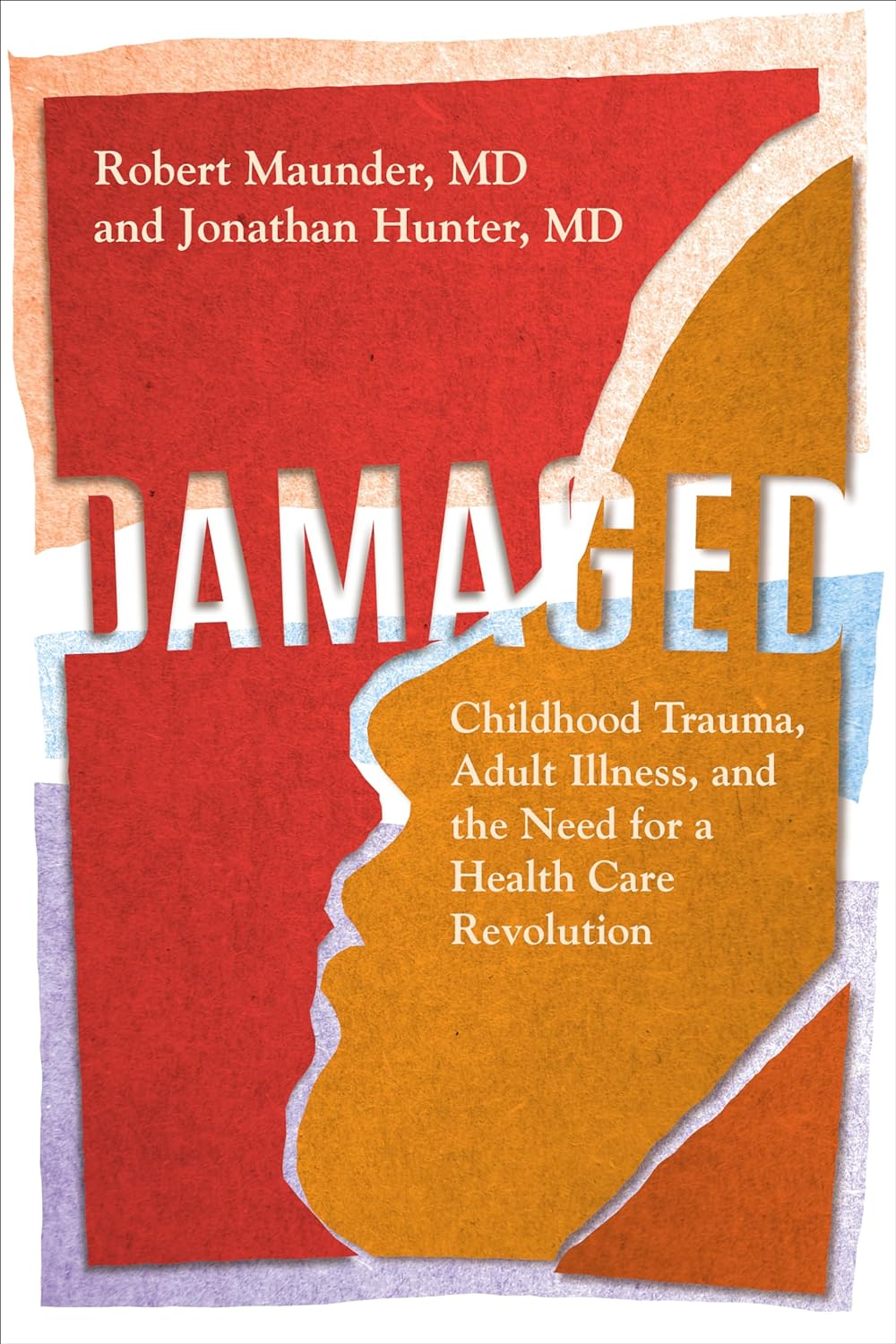- Last edited on March 3, 2024
Adverse Childhood Experiences (ACEs)
Primer
Adverse Childhood Experiences (ACEs) are traumatic events that occur during childhood (from age 0 to 17 years), these events range from experiencing abuse and witnessing violence to growing up in a household with substance and mental health problems. ACEs are strongly linked to risky health behaviours, chronic physical and mental health conditions, low life potential, and early mortality. There is a direct correlation between the number of ACEs and the risk for these negative outcomes.
History
The first ACE study was started in 1995 by Kaiser Permanente's Department of Preventive Medicine division, after several astute researchers noticed counterintuitive findings in several weight loss programs, where study dropouts were actually successfully losing weight.[1] A link between obesity and abusive childhood experiences was later established by these researchers.
Outcomes
ACEs have been found to have a graded dose-response relationship with more than 40 outcomes.[2] These outcomes include: smoking, alcohol use disorder, chronic health problems, mental health problems, substance misuse, reduced educational achievement, reduced occupational achievement, obesity, heart disease, cancer, respiratory disease, diabetes, and suicide. However, ACEs alone do not mean that an individual must experience poor outcomes. Positive experiences or protective factors can protect against many of the negative outcomes even after an ACE has occurred.
Depression
There is a strong, dose-response relationship between the number of ACEs and the probability of lifetime and recent depressive disorders.[3]
ACEs
ACEs are categorized into 3 groups: abuse, neglect, and household challenges. Each category is further divided into multiple subcategories. These questions all refer to the respondent’s first 18 years of life.
Abuse
- Emotional abuse: A parent, stepparent, or adult living in your home swore at you, insulted you, put you down, or acted in a way that made you afraid that you might be physically hurt.
- Physical abuse: A parent, stepparent, or adult living in your home pushed, grabbed, slapped, threw something at you, or hit you so hard that you had marks or were injured.
- Sexual abuse: An adult, relative, family friend, or stranger who was at least
5years older than you ever touched or fondled your body in a sexual way, made you touch his/her body in a sexual way, attempted to have any type of sexual intercourse with you.
Household Challenges
- Mother treated violently: Your mother or stepmother was pushed, grabbed, slapped, had something thrown at her, kicked, bitten, hit with a fist, hit with something hard, repeatedly hit for over at least a few minutes, or ever threatened or hurt by a knife or gun by your father (or stepfather) or mother’s boyfriend.
- Substance abuse in the household: A household member was a problem drinker or alcoholic or a household member used street drugs.
- Mental illness in the household: A household member was depressed or mentally ill or a household member attempted suicide.
- Parental separation or divorce: Your parents were ever separated or divorced.
- Incarcerated household member: A household member went to prison.
Neglect
- Emotional neglect: Someone in your family helped you feel important or special, you felt loved, people in your family looked out for each other and felt close to each other, and your family was a source of strength and support (absence of this).
- Physical neglect: There was someone to take care of you, protect you, and take you to the doctor if you needed it (absence of this), you didn’t have enough to eat, your parents were too drunk or too high to take care of you, and you had to wear dirty clothes.
Pathophysiology
Prevention
- ACEs and their negative outcomes are preventable.
- However, this requires major societal and institutional involvement in creating and maintaining safe, stable, nurturing relationships and environments for all children and their families.
- Positive relationships with parents and with nonparental adults during childhood may reduce the risk of later mental disorders regardless of exposure to ACEs.[6]
- Participating in team sports during adolescence may lead to better outcomes in those exposed to ACEs.[7]
Preventing Adverse Childhood Experiences
Adapted from Centers for Disease Control and Prevention (CDC): Preventing Adverse Childhood Experiences (ACEs): Leveraging the Best Available Evidence (2019)| Strategy | Approach and Prevention |
|---|---|
| Strengthen economic supports to families | • Strengthening household financial security • Family-friendly work policies |
| Promote social norms that protect against violence and adversity | • Public education campaigns • Legislative approaches to reduce corporal punishment • Bystander approaches • Men and boys as allies in prevention |
| Ensure a strong start for children | • Early childhood home visitation • High-quality child care • Preschool enrichment with family engagement |
| Teach skills | • Social-emotional learning • Safe dating and healthy relationship skill programs • Parenting skills and family relationship approaches |
| Connect youth to caring adults and activities | • Mentoring programs • After-school programs |
| Intervene to lessen immediate and long-term harms | • Enhanced primary care • Victim-centered services • Treatment to lessen the harms of ACEs • Treatment to prevent problem behavior and future involvement in violence • Family-centered treatment for substance use disorders |
